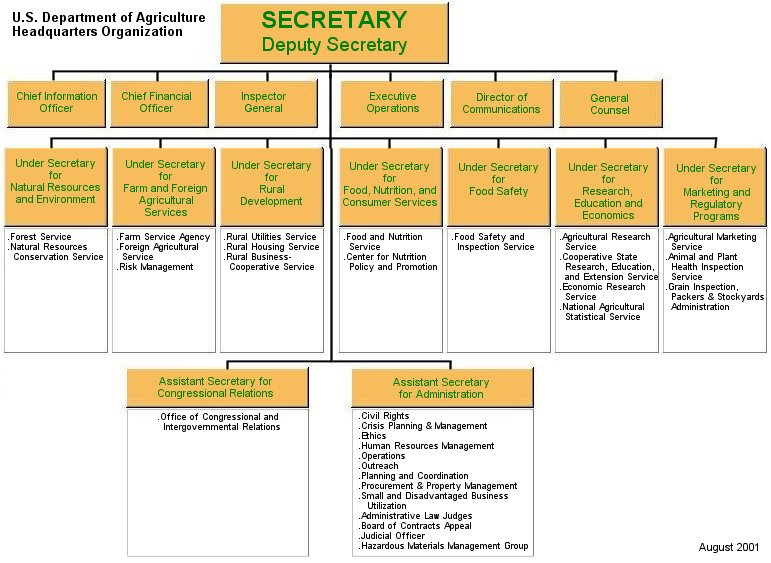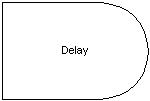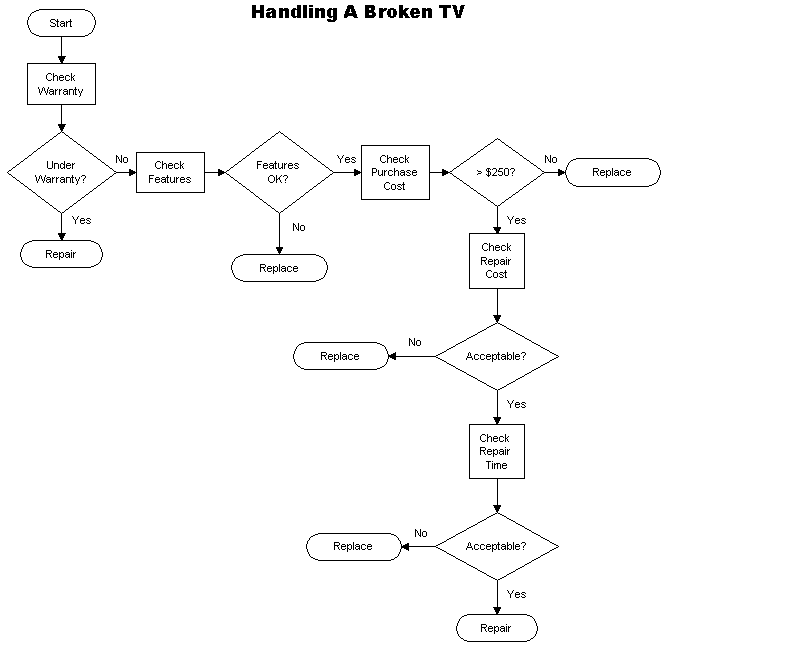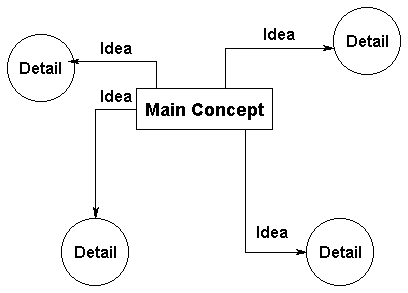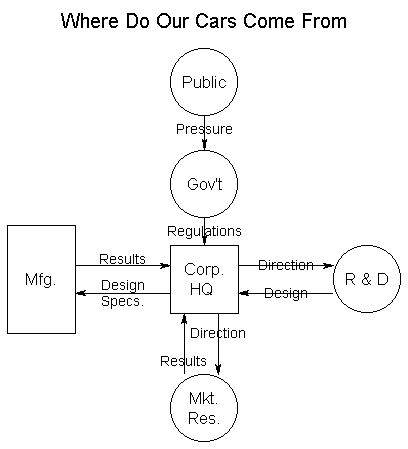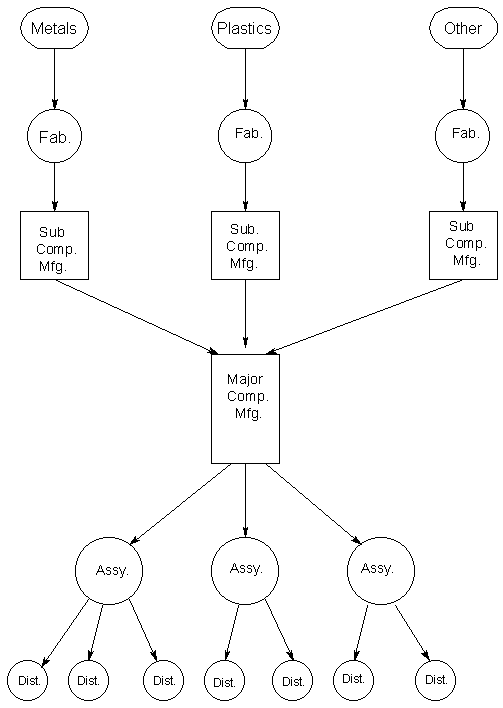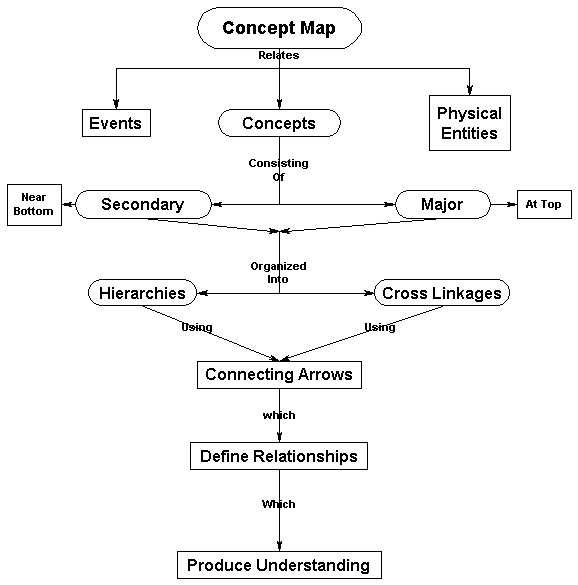
|
“The validity and worth of an idea is independent of:
|
|
“It ain’t what people don’t know that hurts ‘em, it’s what they know that ain’t so!” |
|
“ Facts have no agenda.” |
|
“Truth is an Uncompromising Taskmaster.” |
|
“Except by accident, the correct solution to a problem can only result from accurate facts, objective analysis and Reasoning” |
|
“The simplest explanation in accord with the facts is best.” |
|
“A simplistic solution to a complex problem is almost invariably wrong.” |
|
The reliability of the answer cannot exceed the reliability of the input data. |
|
GARBAGE IN, GARBAGE OUT! |

